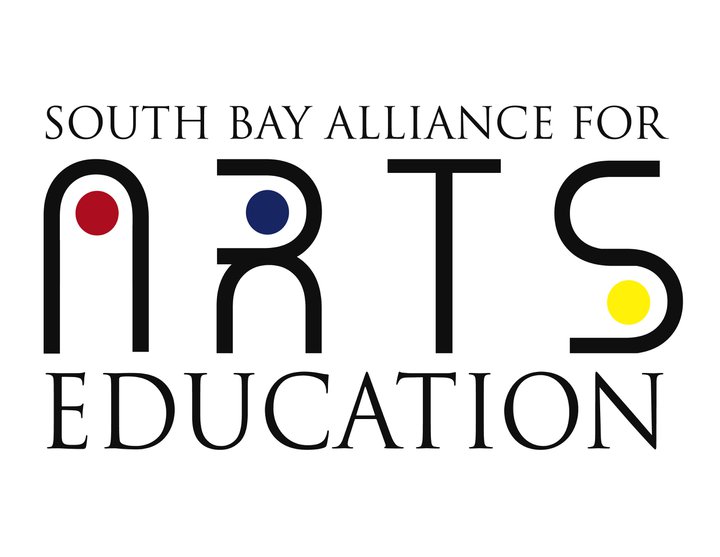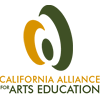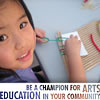Arts Integration In The South Bay/The Huffington Post

-
By John M. Eger
Lionel Van Deerlin Professor of Communications and Public Policy, San Diego State
Posted: February 10, 2011 10:45 PM
The term art integration, often referred to as art infusion, is not well known or accepted. According to the Arts Education Partnership in Washington, D.C., the concept "has evolved over the past 15 years as school districts, state arts councils, and arts organizations have experimented with various models of implementation."
Without arts integration, many fear we will not succeed nor survive in the new innovative economy, an economy that demands creativity and innovation in the workplace.
Yet as the partnership noted, "Some programs and schools have chosen not to use the term at all, although descriptions of the curriculum appear to belong in this domain. Much work in the arts professional journals that could be termed integrative is labeled interdisciplinary, perhaps because, as noted in a review of the practice, "the term evokes less controversy and challenge from within the arts professions."
This is sad. Because arts integration works.
In many place around the nation, arts integration experiments are taking hold. But it is spotty and district wide acceptance is slow.
San Diego County may be an exception. The County, which has over three million residents, 42 districts and 490,000 students, is about to show meaningful progress; and Ron Jessee, Visual and Performing Arts Coordinator at the San Diego County Office of Education, is optimistic.
"We have always nurtured the entrepreneur. Culturally, American kids are willing to take risks and even fail. Unfortunately, we are systematically dismembering the risk taking ethic in our students and replacing it with our right or wrong "No Child Left Behind" learning indicators. In effect, we're forcing teachers to teach to the test while drubbing the creative spirit out of our children".
Yet, he reports, some surprising things are happening in Lakeside, San Diego Unified, National City and Chula Vista. Lakeside Union School District celebrated the arts as an intervention strategy. National School District provides professional development for teachers to infuse visual and performing arts into the teaching of other core curriculum. San Diego Unified is creating on-line infused lessons.
In two Districts, National City and Chula Vista, both near the Mexican border, art integration is alive and well. Dennis Doyle, former Superintendent at National, and Deputy Superintendent at Chula Vista, now serves as executive director at CoTA, a collaboration of teachers and artists.
As they describe themselves, CoTA, is "a professional development program that tackles the possibilities of making the arts a lively, essential and ongoing aspect of elementary school education... based on the belief that integrating the arts -- visual arts, dance, music, and drama -- into other content areas promotes engagement, accessibility, and relevance for students."
To date, CoTA has collaborated with 400 teachers and more than 9,000 students at 17 schools throughout San Diego County. Interestingly, all of the teachers volunteered to use the arts in their classroom. CoTA has found that the teacher him or her self has to want the experience. Indeed, not every teacher is open to the idea that they need the training or that they are willing to work with someone else over the three years it normally takes to be certified by CoTA.
The results are astounding. As Sally Yard, a Professor at the University of San Diego and the Founding Director of CoTA said recently, "the experience to date with CoTA has made clear how powerfully teachers can use the arts to reveal students' ... strengths; nurture varied modes of intelligence; (and) sharpen critical thinking." And the list goes on.
Art infusion is really about an interdisciplinary education using the tools of the arts. As a unique consortium of arts organizations expressed it in a report called "Authentic Connections" such interdisciplinary work in the arts enabled students to "identify and apply authentic connections, promote learning by providing students with opportunities between disciplines and/or to understand, solve problems and make meaningful connections within the arts across disciplines on essential concepts that transcend individual disciplines."
As demand for a new workforce to meet the challenges of a global knowledge economy is rapidly increasing, few things could be as important in this period of our nation's history than art and art-infused education.










